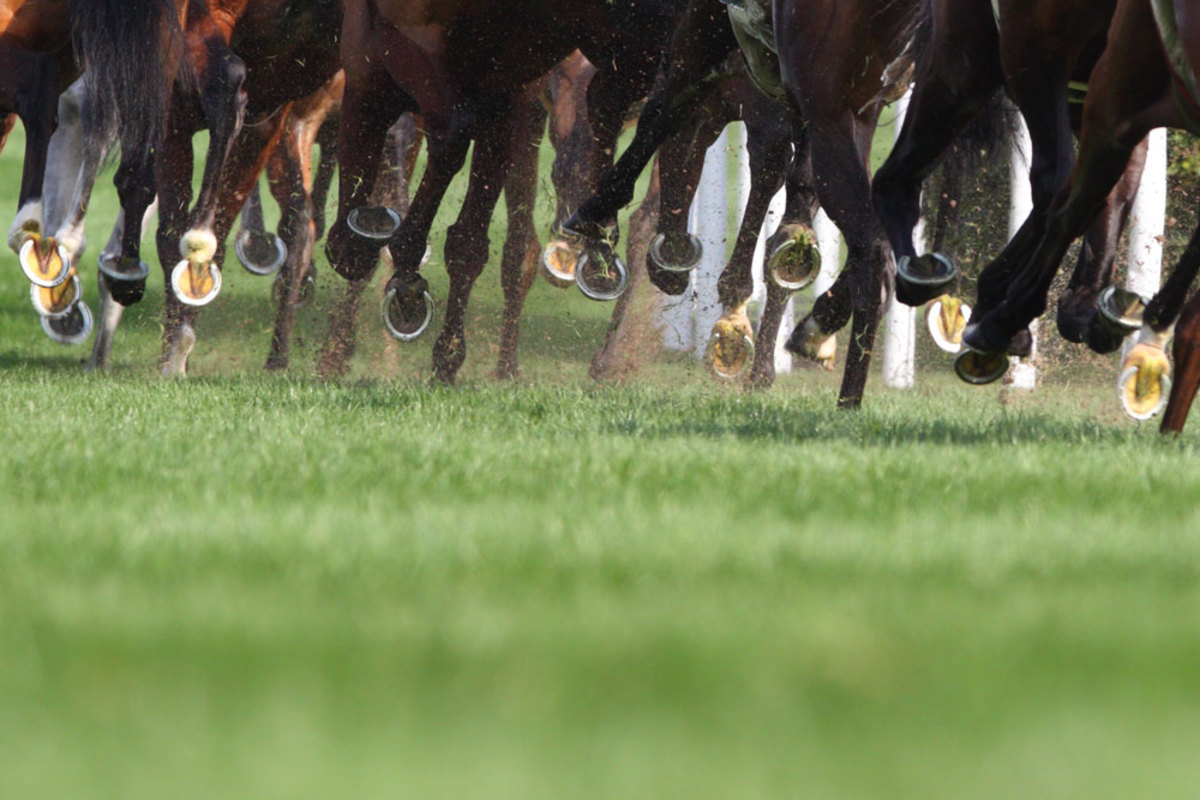
Diagnostic anesthesia can yield confusing results when multiple structures are anesthetized incidentally in an attempt to zero in on a specific location that is causing lameness or discomfort.
Coffin joint anesthesia is known for lacking specificity, possibly due to diffusion of anesthetic into neighboring tissues such as the navicular bursa and bone, collateral ligaments, deep digital flexor tendon, the sole and potentially the dorsal lamellae.
A study looked at the degree of nociceptive response of the dorsal lamellar tissue following lidocaine anesthetic in the coffin joint [Malacarne, B.D.; Cota, L.O.; Neto, A.C.P.; Paz, C.F.R.; Dias, L.A.; Corrêa, M.G.; Carvalho, A.M.; Faleiros, R.R.; Xavier, A.B.S. “Mechanical nociceptive assessment of the equine hoof following distal interphalangeal joint intra-articular anesthesia” PeerJ 2020, 8:e9469; http://doi.org/10.7717/peerj.9469].
Six healthy adult horses received an injection into forelimb DIP joints of either 5 ml of 2% lidocaine or 5 ml lactated Ringer’s solution. Pressure sensors were used to determine a horse’s withdrawal responses pre-injection and post-injection over a four-hour time frame. Mechanical nociceptive thresholds were measured in multiple areas of the hoof: sole, coronary band, heel bulbs and dorsal lamellae.
Nociceptive threshold—i.e., at least partial anesthesia—was identified in the dorsal lamellar region in half of the hooves treated with lidocaine at time periods between 15-60 minutes. This could be related to diffusion of anesthetic to innervation tissues of the dorsal lamellae. Despite this finding, throughout the evaluation period, no statistical differences were observed in any region of the hoof between the use of lidocaine or LRS or over time.
It is recommended that practitioners use the minimum volume of anesthesia—i.e., 4-6 ml—to achieve desensitization of the coffin joint. Use of more than 6 ml can result in joint distention and diffusion into surrounding tissues. Even with low volumes used in this study, 50% of the horses experienced at least partial desensitization of the dorsal lamellae.
With larger volumes this might occur through anesthetization of the palmar digital nerve and/or its dorsal branches and possibly from inadvertent infiltration of anesthetic into subcutaneous tissues during injection.
Neither the sole nor heel bulbs were desensitized in this study. It is thought that dorsal lamellar anesthesia at 15-60 minutes as seen in this study likely resulted from simple diffusion from the joint. Based on this information, in clinical practice evaluation of coffin joint anesthesia is best assessed at 5-10 minutes following injection.
In conclusion, the authors stated: “The administration of 5 ml of 2% lidocaine into the DIP joint does not significantly increase the mechanical nociceptive threshold of the equine hoof. The dorsal lamellae should be considered as a possible source of lameness pain following lidocaine block of the coffin joint. This may be relevant to horses with subclinical signs of endocrinopathic laminitis.” It should also be noted that there might be differences when using mepivicaine anesthetic.








